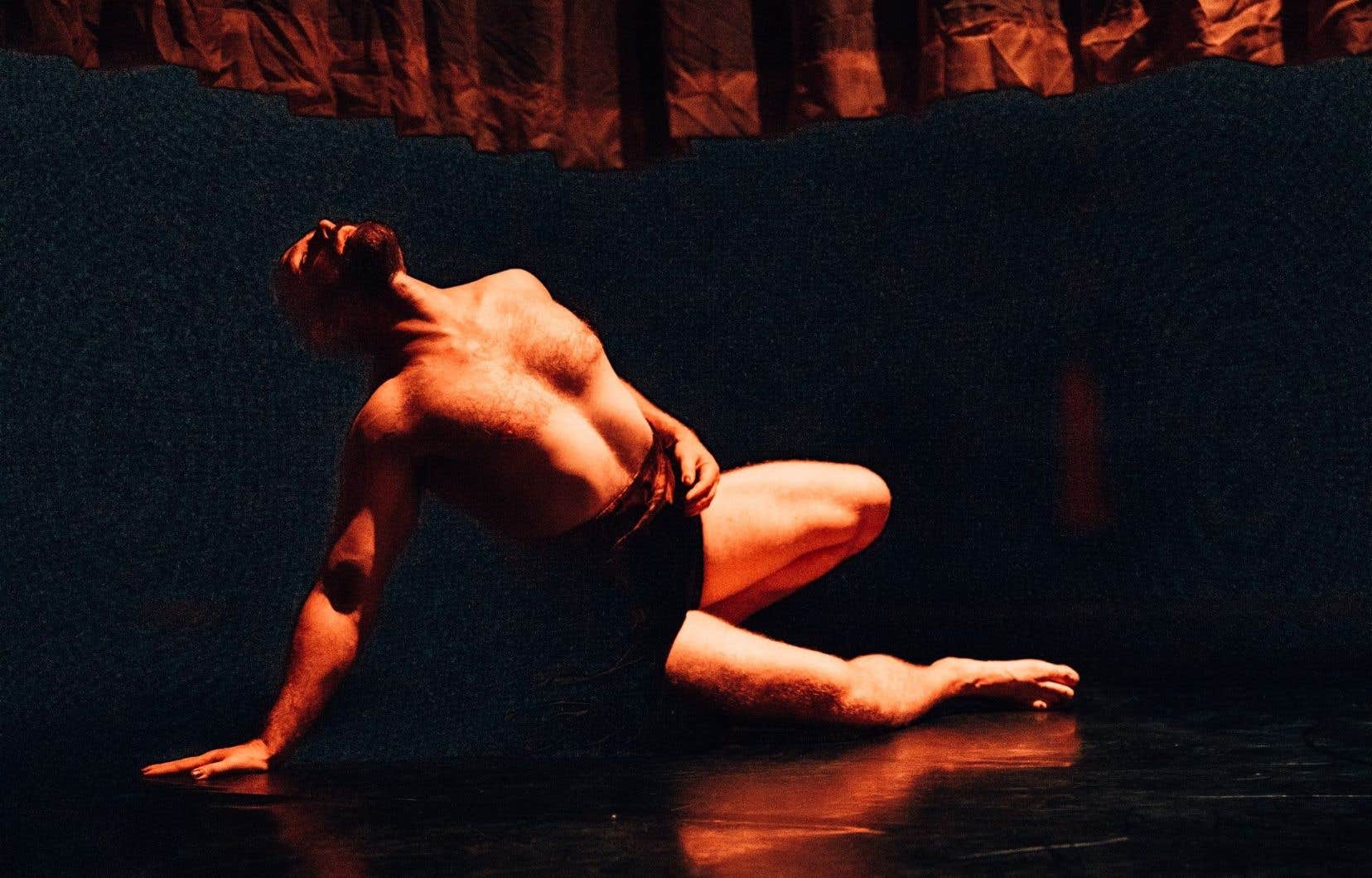Since the start of the cultural year, we have seen an unprecedented number of shows canceled, postponed or re-done in a smaller form at the last minute. The reason ? Refusals to grant requests, which fall when the posters are put up and the tickets are on sale. “When I started in theater, it was embarrassing to say that you didn’t have your subsidies,” recalls director Michelle Parent. Like saying we weren’t a very good artist. “There, we say it out loud. There is a momentum, a solidarity. »
“I have the impression that we now have to find a way for it to be written on the posters, in the program: ‘This show is not subsidized’,” says M, reflecting.me Parent, interviewed by The duty last week. The director of Pirata Théâtre had to postpone the presentation of The fabulous species at the Théâtre des Écuries, first planned for June, last October… where it replaced the Théâtre des Trompes, which canceled because it did not receive its subsidies.
The Prospero Theater unknowingly opened a speaking circle on October 10. “You won’t see Iphigenia “, he announced then in a widely shared Facebook status. The team of the room Iphigénie in Pointe-aux “is obliged to cancel the 15 performances planned for this fall,” we read. “Each season, creative teams whose shows are scheduled in recognized theaters are refused the subsidies necessary to carry out their project. This year, this number is even higher,” explained the establishment.
A creation in great health
“The number of applications submitted has exploded, according to the Canada Council for the Arts [CAC] “, reports Angela Konrad, director of the company La Fabrik and Usine C. “The CAC says it had a record number of 7,300 requests last financial year, with a budget that is “returning to normal”. But it is not “normal” to have the pre-pandemic budget in 2023. »
The director must work on volumes 2 and 3 of the Vernon Subutex by Virginie Despentes, for shows next May, with $80,000 less than she wanted.
“At Théâtre La Chapelle,” reveals its general director, Olivier Bertrand, “a majority of the companies in our current season are awaiting a response from one board or the other. Today, they don’t know if they will have enough money to do the show we committed to together. »
Andréane Leclerc, choreographer and performance artist, recently announced that she would not present her triptych as planned The Forest, Time 1 of East of Nod at the end of November. Presented in Argentina, Mexico, Armenia and Repentigny after its creation in Rouyn, the installation did not receive a subsidy from the Conseil des arts et des lettres du Québec. We will only see one part – a solo – rather than the entire work and its 13 artists.
The Théâtre aux Écuries, which co-broadcasts with the companies, notes the repercussions of this “financial insecurity”. “Producers are now asking us to do 10 general public performances rather than 15, otherwise the risk is too great if they don’t have their financing,” explains director Marcelle Dubois.
Artists don’t just eat art
A boomerang effect is at play. During the pandemic, the amounts paid for research, creation and exploration were expanded so that artists continued to work while theaters were closed by Public Health.
The return to “normal” cultural budgets is therefore coupled with a bottleneck in broadcasting. All the creations created during the COVID-19 crisis now want to spread their wings in front of the public. And producing a show generally costs more than creating it.
There is an absurdity, the artists said, in seeing a system completely finance a creation, but not its production. “We need to walk the walk,” illustrates Michelle Parent.
Inflation also has a direct effect. “A constant budget is the equivalent of 30% to 35% less,” calculated Olivier Bertrand and Andréane Leclerc. It’s like a cup. This means reducing the working conditions of artists, working hours, the number of collaborators, their fees. »
And working with starvation budgets, out of passion for art, no longer has the same impact. “The cost of homes, groceries, and living is exploding. Everyone is burned out and working more than ever to have less and less,” says Isabelle Bartkowiak, director ofIphigénie in Pointe-aux. “When we were younger, we said to ourselves: “It doesn’t matter, I’ll just pay myself 200 piasses…” But now, it’s serious! I have artists who live in shared apartments of four, and it still costs them $700 per month in rent,” chants the 33-year-old artist.
Garage creations, made from odds and ends
“We have always managed to prove, as artists, that we are capable of doing very well with very little,” admits Angela Konrad. We know how to make DIY masterpieces. But if we want to advance the aesthetics of the performing arts, we have to think, and that takes time. Here, money is time. »
“Inventing new forms – the public demands them… – requires improvisation, research-creation,” she continues. It can’t be done in 110 hours in total for a creation. »
What can improve the situation? “A guaranteed minimum income for artists”, proposes tit for tat Michelle Parent. Choreographer Andréane Leclerc loves it: “Sixty-two percent of my budgets are for human resources. If it’s absorbed, and my artists can make a living whether they’re working or not, then yes, I can navigate smaller budgets. »
Giving more money to broadcasters would allow them to ensure the production aspect, Mr. Bertrand and M.me Parent.
Angela Konrad goes even broader. “We need to think about how the CAC works. To emerge, as artists, from a culture of complaint – which is normal – and move towards analysis. What is happening ? Why are requests exploding? What are the criteria to be an artist? You have to look at everything. »
Could this be the time for a major cultural project, after a pandemic that changed everything?
